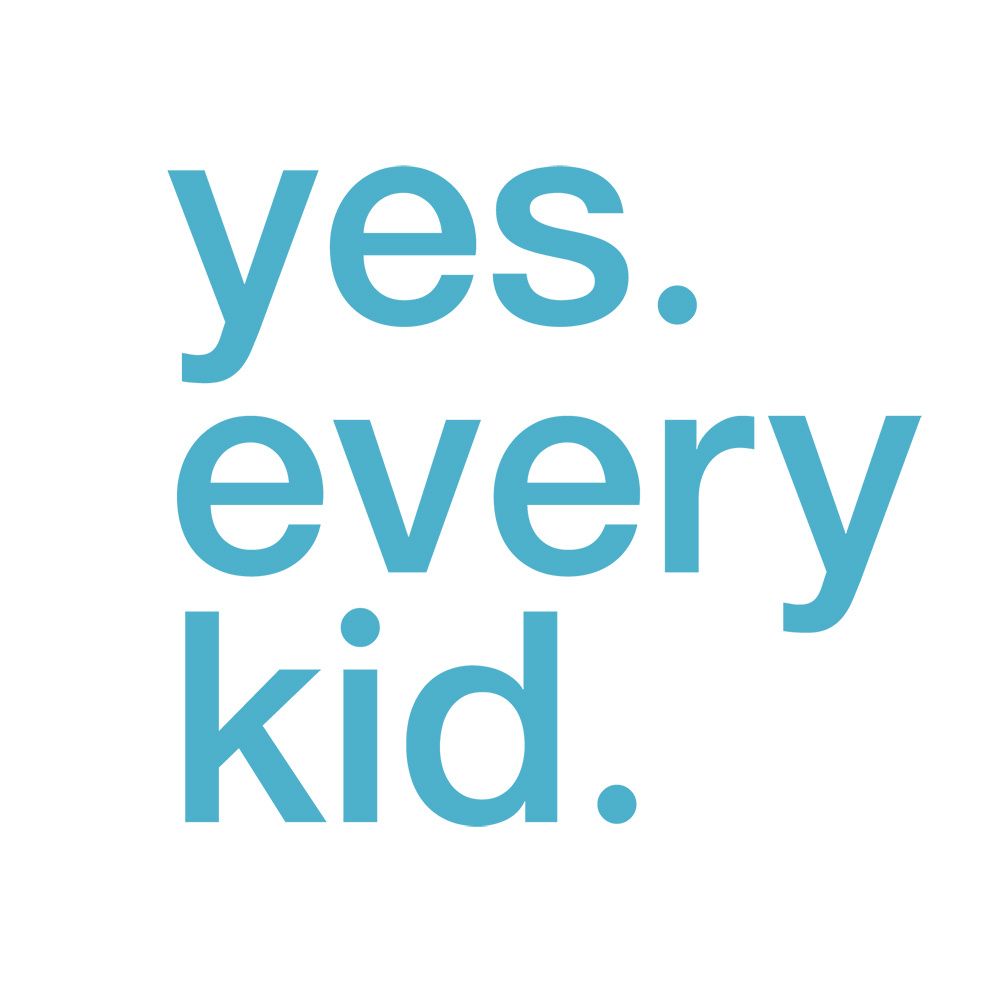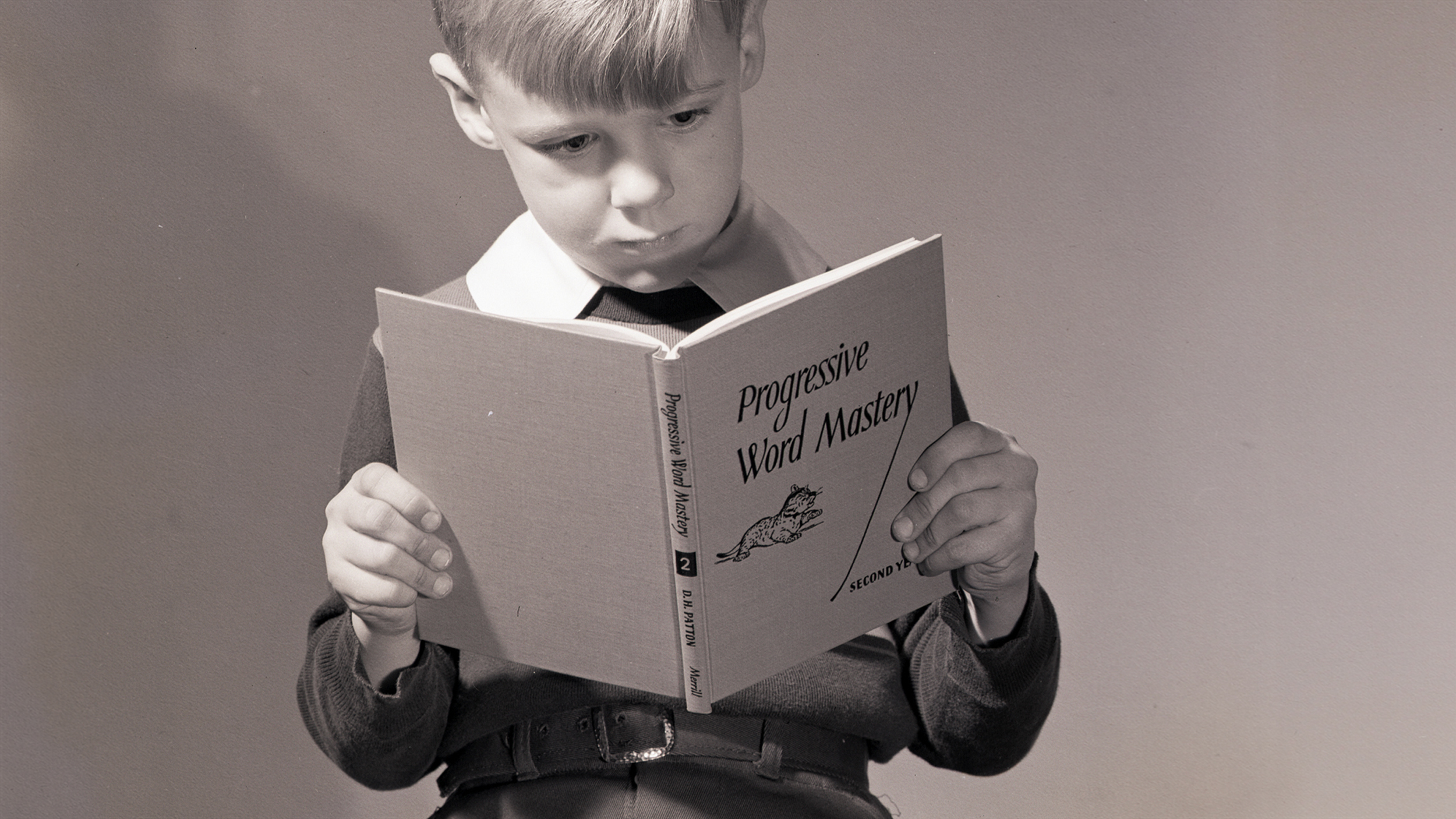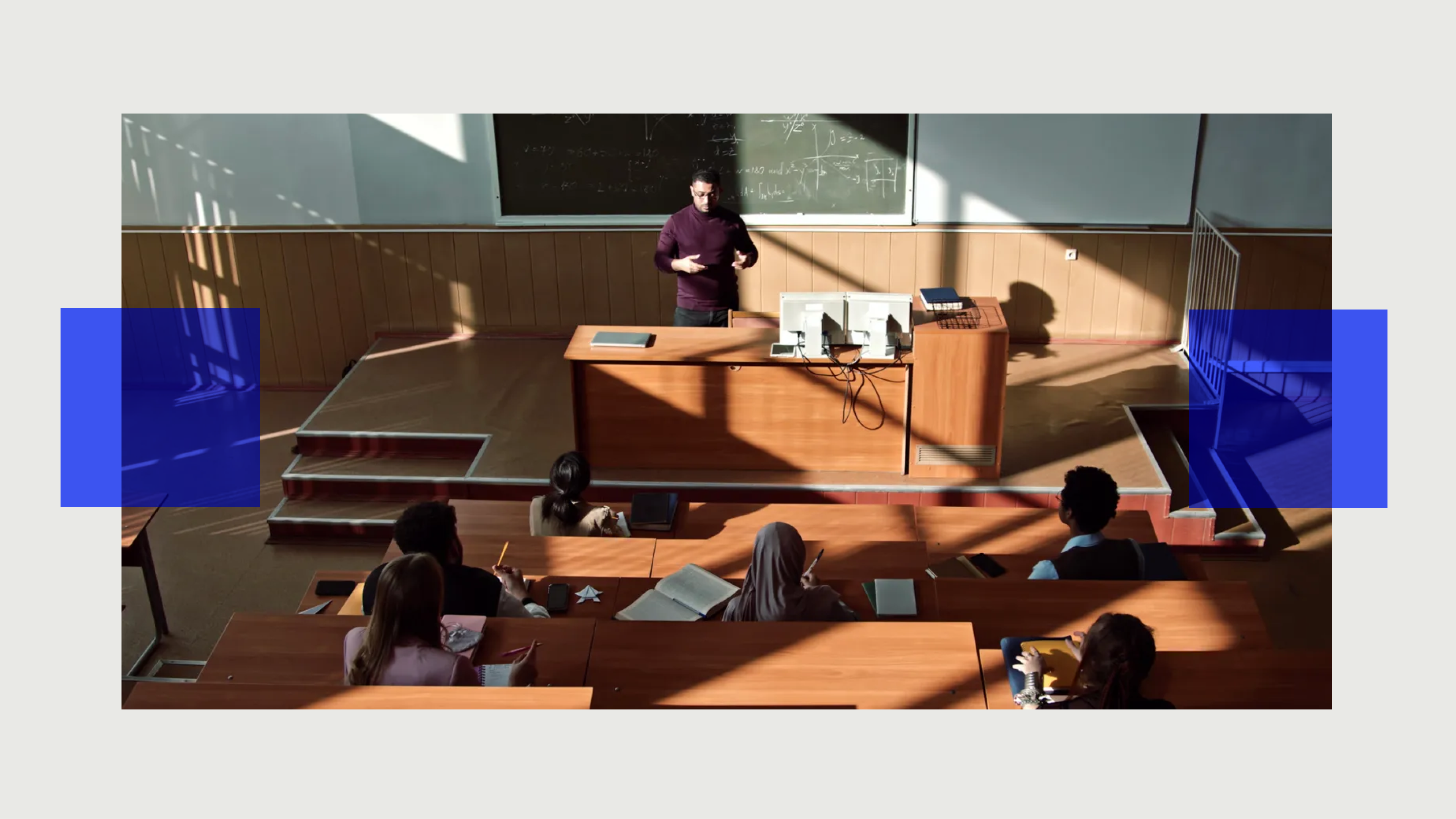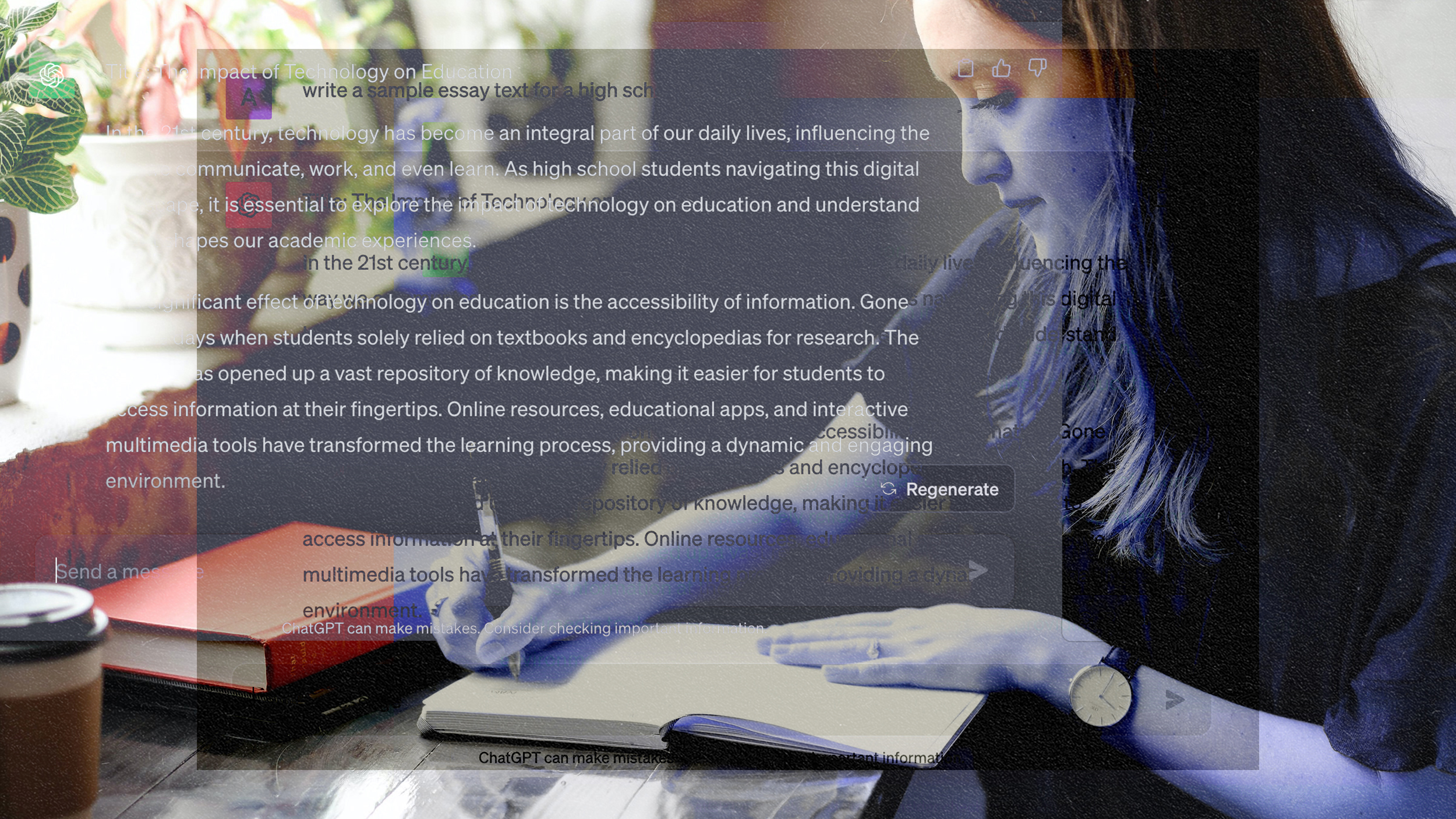JOHN HARDIN: As we think about how do we transform education in a way that is going to enable every kid to realize their full potential, I think there's actually a lot that we can learn from the music industry. If you're in the early twentieth century, and there's a song that you want to hear, your best bet is to turn on the radio and listen to the radio and hope that your song comes on. Now, you have some choice in the different stations, but for the most part, there's not a lot of optionality there, and you're just hoping your song comes because music was bundled together in this sort of singular distribution system.
That changed in the 1940s because RCA created something called the 45. And you could now buy a 45 and get the song that you wanted to hear on the A side. The B side was probably not a very good song, but you could get what you wanted to hear on the A side because music was now being unbundled. They were taking this structure and pulling apart into its individual parts. But then the record companies began to really focus on producing LPs or long-playing albums. So again, they're bundling music together. You can still get the song you want, but you're probably going to get 12 or 15 other songs. The compact disc industry is built on that. And then along come mp3s, and music is unbundled again. Now you can get the specific song that you want to hear. And then music service providers come along and they bundle music together in new and different ways so that you can get the song you want, and it's also probably going to be paired with other songs that you would really like and enjoy.
So, what in the world does that have to do with education? Well, as you look across our society you can see how innovation and progress -- whether it's in music or news or television or even work -- these changes take place in this cycle of bundling and unbundling. And yet that hasn't happened in education. In the late nineteenth century, we basically bundled education together in this singular distribution system that we all know as sort of school and going to school and that's the way we learn. So, the challenge for us now is how do we encourage, how do we equip educators to unbundle it. To rebundle it in different ways. To take new approaches so that education isn't just something that you're doing in the classroom. It may not happen in the classroom. It could happen anywhere. That's the thing. It's like this whole sort of wild, wild west of opportunities.
What we're doing is, we are reforming on the edges of a system that was really introduced in the late nineteenth century that remains very sort of producer, top-down oriented as opposed to very individual kid, personalized oriented. And so, what we're doing is inviting people to consider that question. What would it take? What does it look like for us to begin with the kids themselves? So, I think it's interesting to look at this on sort of the backdrop of an important transition that happened in the twentieth century in America. If you step into the twentieth century in 1900 in the United States, you are stepping into a producer-oriented society. And what I mean by that is that the producers were creating the goods, the services in the institutions based primarily on their preferences. So, you take the Ford automotive company. Henry Ford is attributed with saying you can have any color Model T you want as long as it's black. Or if you wanted a Coca Cola it comes in one size and it comes in one flavor. So, there wasn't a lot of meaningful choice available. But what if you wanted a red Model T or you wanted a sports car or you wanted a truck or you wanted a big Coke or a tiny Coke or you want a Coke Zero or a Diet Coke or a Cherry Coke. Those options are now available because we had this transition in the twentieth century from a producer orientation more to an individual or personalized orientation. And that's a big deal because what that does for all of us is it opens up all of these opportunities for us to find greater fulfillment. Because now you can get what best fits you, not what best fits Henry Ford or whomever it was that produced it. And you see that across the twentieth century across the United States in many different sectors of society.
Where you don't really see it is in education. Education today remains a producer-oriented institution. We take kids who are all phenomenally different in their interests, their aptitudes, their skills, and we press them into a uniform system that is not personalized toward them but is more producer focused, producer oriented. And what's the result? Well Gallup did a study and found that 25 percent of fifth graders are disinterested in education. By the time students are in twelfth grade, they found two-thirds of them are disinterested in education. And you can't really blame them because education is not being personalized to them. It's not relevant to them. They don't see the connection. They don't see how it's valuable. What does this mean for me? How is it that we can bring about that transition in education? That transition that we've seen across our society where we are going to focus more on the kid who is standing in front of that teacher, sitting in front of that teacher instead of the formula or the system that's being pressed down by the producer.






